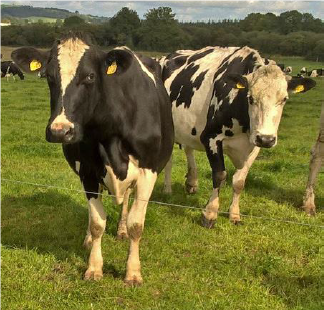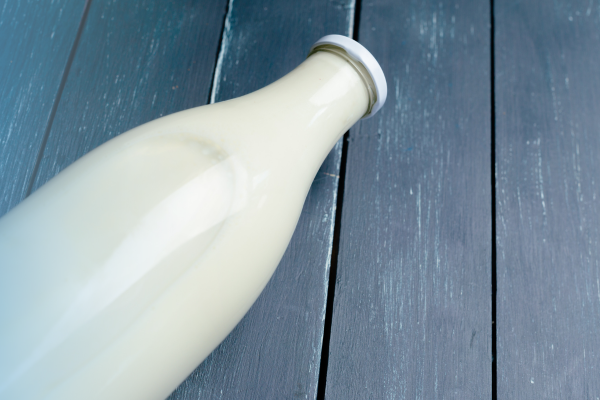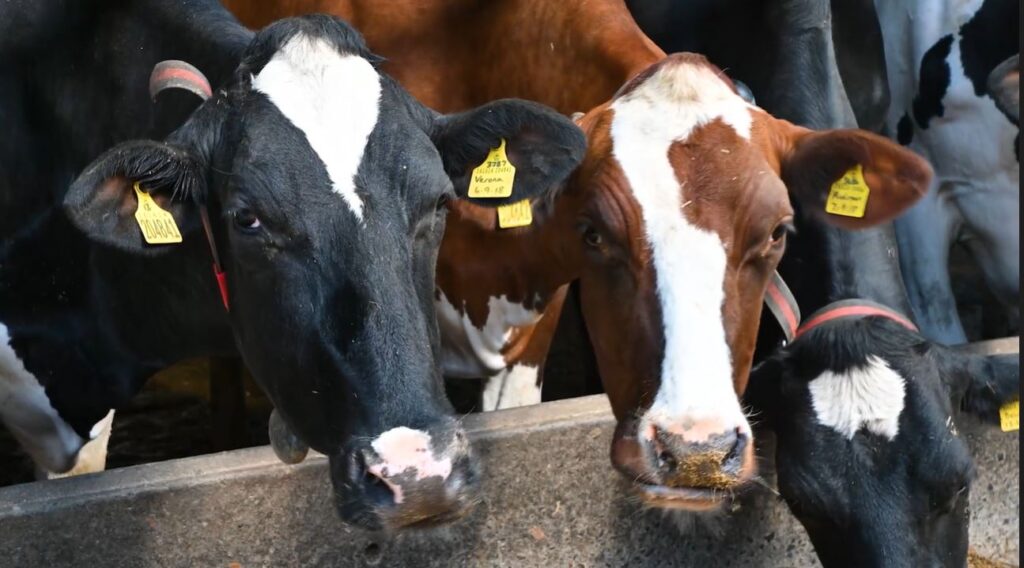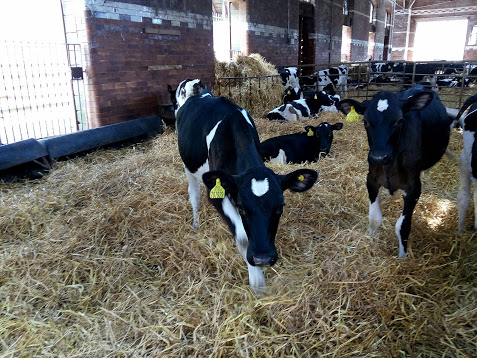Dairy
Utilising Cow Tracks to Improve your Dairy System
Incorporating cow tracks into a dairy system can have numerous benefits for a business, including: Boosting herd health Productivity Profitability This article will give a quick overview of all the potential benefits of cow tracks, as well as some advice on how to go about installing them and getting the most out of your investment….
Business and Policy July 2025 – Milk
Milk production data The spring flush has now well and truly passed, with peak production occurring on the 4th of May and reaching a record breaking high of 39.02 million litres per day. The latest data from AHDB estimates the GB milk volume for May at 1,186 million litres, 58 million litres more than the…
Be on the Lookout for Summer Mastitis
With the exceptional weather so far this spring and early summer, we need to be vigilant for cases of summer mastitis. This disease is normally seen in the warmer summer months of July through to September when fly populations are at their peak. Summer mastitis affects the non-lactating mammary gland, so grazing dry cows and…
Business and Policy June 2025 – Milk
Milk production data With the highest production since 2020/21, GB production for the 2024/25 milk year was 12.44 billion litres, 0.7% above the previous season. Meanwhile, the latest data from AHDB estimates the GB milk volume for April at 1,141 million litres, 65 mlitres more than the previous April. Exceptional spring weather and a continued…
Multispecies or herbal leys – what are the advantages?
The use of multispecies or herbal leys has come more into focus over the last few years. These are swards with a mixture of grasses, herbs and legumes that confer many benefits. Although there have been concerns that there is some yield loss compared to a monocrop of ryegrass, the benefits of the different species…
Business and Policy May 2025 – Milk
Milk production data Milk production continues to soar as we approach the peak of the spring flush, which is normally around the first week in May. Recent rains have benefited grass growth and therefore milk from grass. The latest data from AHDB estimates the GB milk volume for March at 1,116 million litres, 31 mlitres…
Feeding the Milking Herd at Grass – What to Consider?
With many cows now turned out to grass, the science of balancing buffer feeding is tricky when often grass intake and quality is unknown. If you want to know if you are feeding to cow requirements, analysing fresh grass samples throughout the season is useful for your nutritionist to advise on feeding cost-effectively, as well…
Agribusiness News April 2025 – Milk
Milk production data Milk production is increasing at a greater rate than this time last year, with the drier spring allowing earlier turnout in some areas. The latest data from AHDB estimates GB volume for February at 954 million litres. Daily production is currently 35.75 million litres for the week ending 15th March, 1.4% more…
Milk Manager News March 2025
Welcome to the March edition of Milk Manager News. If you prefer to download this document click the download button. Along with the regular articles on milk and cereal market updates, this month we also have articles on turning out heifers, milk replacer, fodder beet in milking rations, husbandry of dairy calves and the multiple…
MMN March 2025 – How Much is Enough When it Comes to Milk Replacer?
Your calf rearing policy should, from birth, ensure that you are giving heifer replacements the best opportunity to express their genetic potential as a productive animal when they enter the milking herd and that they remain productive over several lactations. Assuming all key colostrum protocols are being adhered to, the next key element of the…









